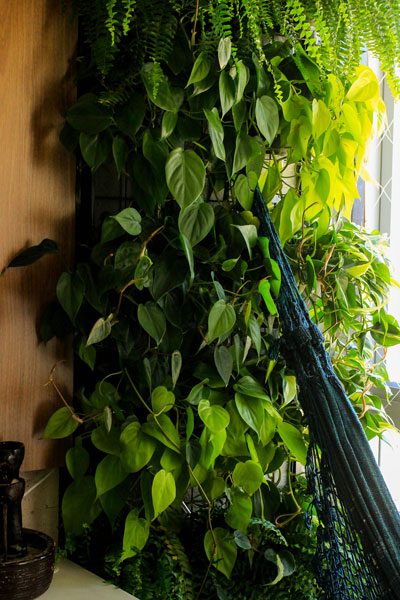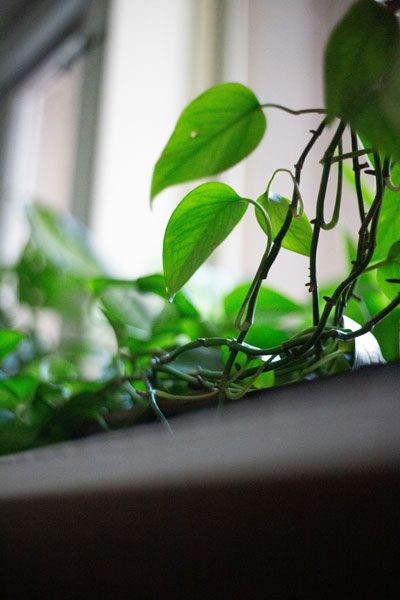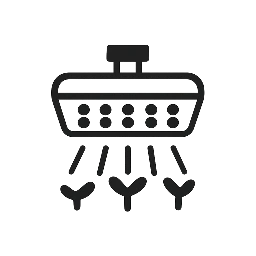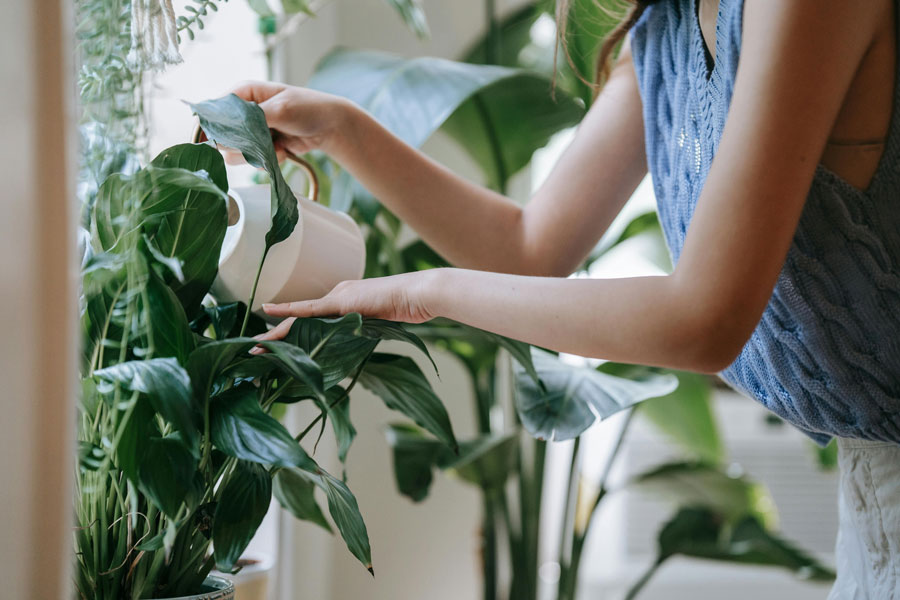Green Ivy, commonly known as Pothos (Epipremnum aureum), is one of the most beloved indoor plants. Its heart-shaped leaves, air-purifying qualities, and resilience make it a top choice for both beginners and experienced plant lovers. While Green Ivy can survive in a wide range of conditions, giving it the right environment helps it grow faster, healthier, and more vibrant. In this article, we’ll explore its growth habits, ideal environment, and how grow light can keep it thriving even in low-light homes.


Growth Characteristics of Green Ivy
Green Ivy is known for its trailing vines and lush foliage. It grows quickly under the right conditions and can reach impressive lengths indoors. This makes it popular for hanging baskets, wall shelves, and decorative trellises.
Key Features:
- Growth Speed: Fast-growing, especially with consistent light.
- Light Needs: Prefers bright, indirect light but tolerates shade.
- Leaf Variety: Comes in different patterns—golden, marble, and neon.
- Air Purification: Filters toxins like benzene and formaldehyde from indoor air.
Its adaptability explains why Green Ivy is often recommended as a “starter plant.”
Ideal Growing Environment
Although Green Ivy is forgiving, it thrives in certain conditions that mimic its tropical origins:
- Temperature: 18–30°C (65–85°F). Avoid cold drafts below 10°C (50°F).
- Humidity: Prefers moderate to high humidity (50–70%).
- Soil: Well-draining soil, rich in organic matter.
- Watering: Let the top inch of soil dry out before watering again. Overwatering may cause root rot.
- Fertilizer: Monthly feeding during the growing season helps maintain vibrant leaves.
Still, in homes with little natural light, Green Ivy may grow slower or lose its bright leaf patterns. This is where grow lights become especially helpful.
Using Grow Lights for Green Ivy
Even though Green Ivy can tolerate low-light conditions, it does best in steady, indirect light. If your room lacks enough sunlight, grow lights can help maintain healthy foliage and faster growth.
How to Use Grow Lights Effectively:
- Choose the Right Light: A full-spectrum LED grow light is ideal. It provides the balance of blue and red wavelengths that Green Ivy needs for photosynthesis.
- Set the Distance: Place lights about 12–18 inches above the plant. Closer placement may cause leaf burn, while too far reduces effectiveness.
- Lighting Duration: Aim for 12–14 hours of light per day. Use a timer to keep the schedule consistent.
- Rotate the Plant: Turn your Green Ivy every few days for even light exposure. This prevents uneven growth.
Benefits of Grow Light for Green Ivy
Adding grow lights can make a noticeable difference in how your plant looks and grows:
- Brighter Leaf Colors: Variegated varieties like golden or marble pothos keep their patterns vibrant.
- Stronger Growth: Encourages longer vines and denser foliage.
- Year-Round Vitality: Maintains steady growth even during short winter days.
- Better Propagation: Healthy, well-lit vines produce more cuttings for new plants.
Common Mistakes to Avoid
While using grow lights is simple, a few mistakes can harm your Green Ivy:
- Too Much Light: Direct exposure or lights too close can scorch leaves.
- Inconsistent Schedule: Irregular lighting disrupts growth.
- Neglecting Other Needs: Light alone won’t fix poor watering or low humidity. A balanced environment is still key.
Conclusion
Green Ivy is one of the most adaptable houseplants, but it thrives best with the right balance of light, water, and care. By using a grow light, you can ensure steady growth, brighter leaves, and healthier vines all year round. Whether you’re new to indoor gardening or building a lush plant collection, combining Green Ivy with grow light support is a simple step toward success.


Leave a Reply